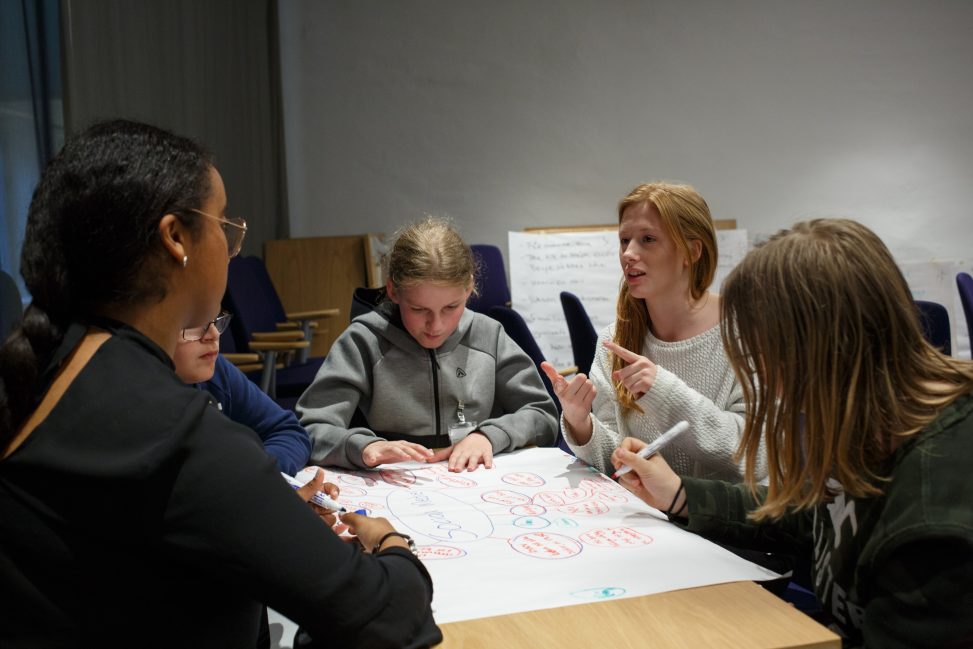Through visiting the Pacific School of Innovation and Inquiry (PSII), I now finally understand changes with students grading. When I was in elementary and high school, letter grades and percentages were used to mark students. However, near the end of high school, my teachers were trying to move away from using percentages. My teacher would only use percentages on tests and report cards. Everything else only used letter grades. In addition to this change, my teachers also started using marking rubrics more frequently, with categories such as approaching, meeting, and exceeding. In each of these categories, there would be specific criteria that explain the level and quality of work the students are completing. With the grading switch, I had a hard time understanding where my grade level was. This is because I was still not used to the marking rubrics and needed to adjust to them. As these rubrics were introduced in the last few years of highschool, by the time I graduated, I was still not used to them. Now in university, professors are using grade letters and percentages. It was hard for me to understand why not to use grade letters and percentages while teaching when it was never something I had a lot of in my life nor what I was used to.
After the visit to the PSII and listening to the presentation by Jeff Hopkins, I now understand why grade letters should no longer be used. It does not make sense to give a student a letter grade for a class that they are just starting and have little to no knowledge on what they are learning. Instead, students should be given a grade at the end of the course that is reflective of how much the have learned and what their skill level is at the end. During the course, students are evaluated on different material if they are meeting, exceeding, or still developing in their learning; this is a process done throughout the course. This also provides students with a detailed and specific list of what they need to meet for each category.
This visit to the school was also very beneficial because it showed how the inquiry model was being successful in students’ learning. Since using inquiry in school is still somewhat new, it is hard to tell how well students are learning. In addition, not many schools have introduced inquiry into their classroom so it is hard to see first hand what the students’ experience is with inquiry. However, being able to see and hear from Jeff Hopkins at PSII about how successful the students have been learning through inquiry, I am very excited to teach inquiry in my classroom.


Leave a Reply